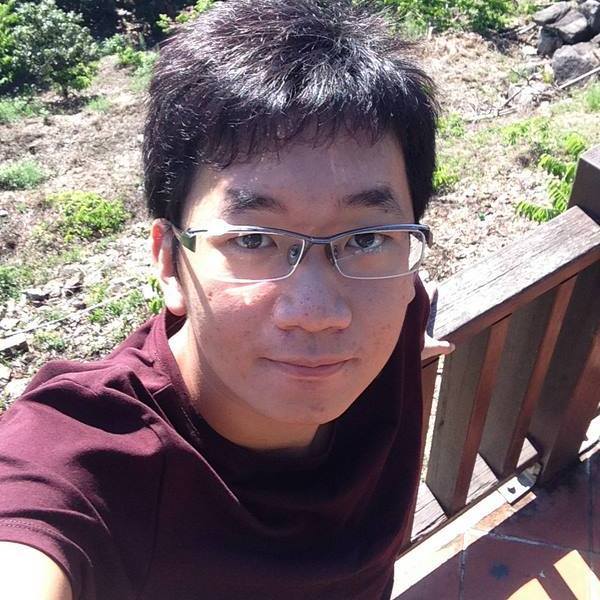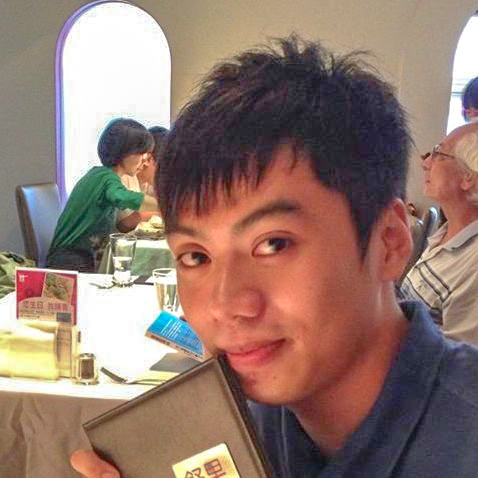
王聖銘

陳建文

潘則佑
3D environment artists typically use 2D screens and 3D modeling software to achieve their creations. However, creating 3D content using 2D tools is counterintuitive. Moreover, the process would be inefficient for junior artists in the absence of a reference. We developed a system called GetWild. When users feed the input into the proposed system, they will obtain the 3D content generated by AI and can directly edit the content in immersive virtual environments to match their thinking and provide more details for the generated content. The generated content includes 3D objects and 3D terrain. In the past, people in the 3D modeling process generally used input devices with 2D computer monitors and 3D modeling software to achieve creation. However, as immersive experiences reach broader acceptance and the field of 3D user interfaces has been under the spotlight recently, some companies and researchers have developed 3D modeling software for use in virtual reality that the creator can directly create or edit the 3D content in the virtual environments, allowing creators to move within their drawing. But, the above software or research generally focuses on human-computer interaction design and system development, so we will primarily focus on the improvement and research of the modeling workflow: Discuss the introduction of artificial intelligence generation technology into the modeling workflow of 3D objects and 3D terrain. Is that speed up the modeling process and improve modeling accuracy for junior creators when introducing artificial intelligence to the modeling workflow? In our system, the user can capture an image to obtain a rough 3D object model, or start with drawing simple to create a 3D terrain prototype. Users can edit and create further based on the prototype. In terms of experimental results, we conducted and discussed the pilot experiments on three-dimensional objects in this study, which laid the direction for subsequent research. We also carried out quantitative and qualitative analyses on the experiments on 3D terrain. Most of the comparative indicators we established are shown that the modeling system developed based on VR and the modeling workflow introduced with AI technology is better in 3D terrain modeling than WIMP-based modeling systems and workflows without AI technology.

@inproceedings{wong2022getwild,
title={GetWild: A VR Editing System with AI-Generated 3D Object and Terrain},
author={Wong, Shing Ming and Chen, Chien-Wen and Pan, Tse-Yu and Chu, Hung-Kuo and Hu, Min-Chun},
booktitle={Proceedings of the 30th ACM International Conference on Multimedia},
pages={6988--6990},
year={2022}
}